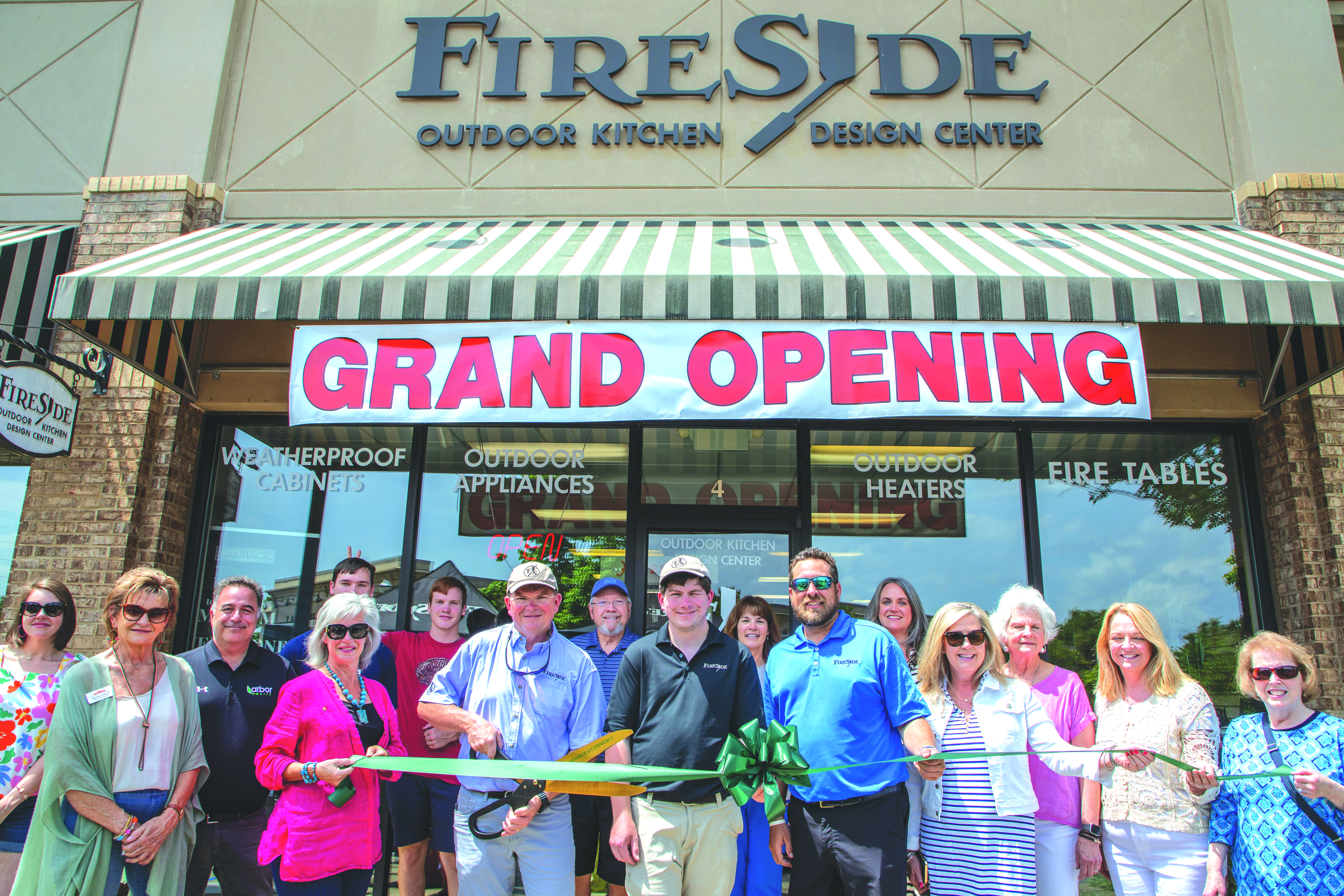Getting older doesn’t mean time to slow down
Published 4:23 pm Tuesday, December 2, 2008
“I’m 66 and play tennis regularly, but can’t seem to move as quickly, or play as well as I used to. Is it just my age?”
Age doesn’t have to mean decreased performance! Just ask Madison’s own Jerry Caldwell. An avid tennis player, Jerry was no longer able to play when I first saw him in 1985. He has gone on to win the Senior’s National Championship and be a top contender for many years since.
So contrary to what we’re led to believe, in many instances rather than loosing performance, you can actually perform better as you age! The reason for this is that we all have structural problems; no one is born perfect. And any degree of abnormality decreases our performance. When we’re young, we can often compensate for these problems, but as we age that becomes quite difficult. So if we want to increase performance, correcting these abnormalities becomes even more important as we age.
In tennis there are some very specific things you can do to help you move and play better. For example, most tennis players have tight calf muscles. Indeed, some players severely injure their calves or rupture their Achilles tendons because of this. Tight calf muscles also make it much more difficult for you to pick your feet up, because the muscles in the front of your legs (that attempt to pick up your feet) and constantly fighting the tight muscles (calves) in the back of your legs. In essence you will feel like you are clumsy and tripping. Again, this is not age related as it is often believed to be.
Stretching your calf muscles will help your performance and decrease your risk of injuries. But most players don’t stretch often enough or properly. When stretching doesn’t work, a new trigger point injection using a plain local anesthetic, can be painlessly (a freeze spray is used to numb the skin) given. There is usually an immediate increase in ankle motion and a greater ability to pick your feet up when playing. This can make you faster too.
Tight calves will also force you to pronate or roll your feet inward, flattening them. This type of foot is not a rigid lever to push off of and so you will be slower. A flattened foot also stays on the ground longer, and the longer the foot is on the ground the slower you’ll be.
This slowness will also be evident in your side to side movements as well. For example, if you have a flatter left foot and you are a right handed tennis player, you will be slower to your right and quicker to your left. As a result, you may have a better backhand than forehand. This is because the foot which is not as flat (your right), is a more rigid lever, and can therefore propel you better to your left side. A flattened foot can also cause many other problems like arch or heel pain as well as problems in your knees, hips and low back, which can be quite disabling.
Equalizing leg lengths will also tend to improve your balance and over all performance. If you’re a right handed player and have a longer right leg, it will be harder for you to turn to your right, since you will be attempting to swing “up hill.” And when you get to your right side, you will have move of a tendency to hit down on the ball. Sometimes, something as simple as a lift in your shoe (but specifically measured) can really help.
Although there are many foot inserts (orthotics) on the market, and despite the fact that many of these may be comfortable, and may make all sorts of claims, they usually will not increase performance. But when the foot is casted properly in its optimal functioning position, and that position is precisely held, foot orthotics can make quite a difference. Indeed, much like accurately prescribed eye glasses, an exacting degree of foot correction translates into improved performance.
Once again, getting older doesn’t have to mean decreased sports performance!
—A former reconstructive foot and ankle surgeon and past Clinical Instructor of Medicine at Emory University School of Medicine, Dr. Pack practices at MCG Medical Associates, Lake Oconee Village in Greensboro. He specializes in biomechanical structural analysis and works with patients who have arthritis and wish to decrease joint symptoms and remain active. Dr. Pack also treats athletes at all levels. In the 2004 Olympics he had a silver and gold medalist and helps the UGA Golf Team (2005 NCAA National Champions). For further information please see his Web site at www.drloupack.com or contact him directly at 706-454-0040.



